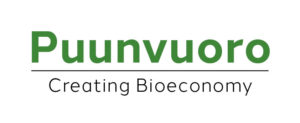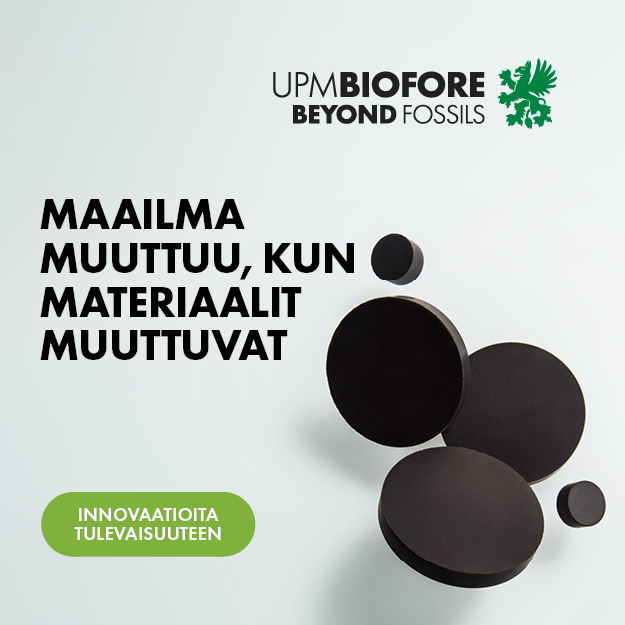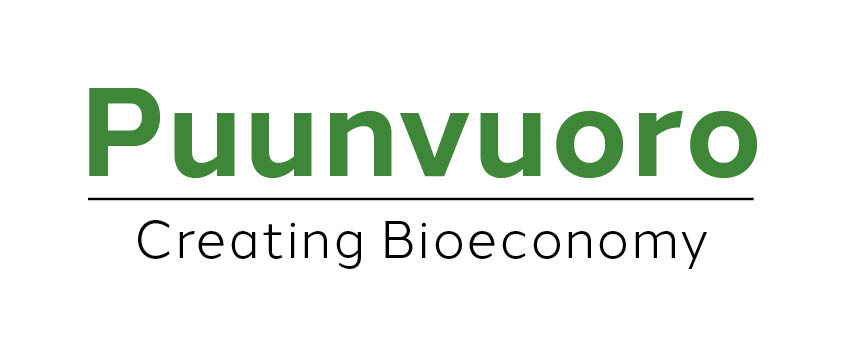Solutions such as real-time location systems and video surveillance, for example, can enhance emergency responses. Responders can know precisely where personnel are in real-time during an emergency; monitor and manage the event and mustering; and direct both rescue efforts and those in danger”. – Honeywell.
The industrial Internet of things and Industry 4.0 movement are rapidly expanding such solutions’ power and range. They are most effective, however, in the context of an engineering design that ensures functional safety. Prevention, after all, is better than a cure.
The IEC61511 safety lifecycle
Engineering designs typically follow a well-defined process, most commonly that outlined in the IEC61511 safety life cycle. This seeks to ensure hazardous events are prevented or mitigated by equipment designed with an appropriate safety integrity level. The IEC61511 safety lifecycle details the various steps involved.
 “In practice, this has traditionally been done manually, with teams creating the relevant documents using various tools in different formats to produce the functional safety basis of design. In an incident, these documents, such as the process hazard analysis (PHA), will be crucial to understanding what went wrong and how to continue operating safely”, says Sherif Radwan from Honeywell.
“In practice, this has traditionally been done manually, with teams creating the relevant documents using various tools in different formats to produce the functional safety basis of design. In an incident, these documents, such as the process hazard analysis (PHA), will be crucial to understanding what went wrong and how to continue operating safely”, says Sherif Radwan from Honeywell.
However, the process is time-consuming, and operations and maintenance teams will not have immediate access to the latest PHA report. The quality of the information in these reports may also vary.
The Process Safety Suite
Honeywell’s Process Safety Suite (PSS) digitizes and standardizes the data management and processes within the safety lifecycle, giving operators an evergreen design basis. As a comprehensive software package, PSS can import existing engineering documentation and execute the steps across the safety lifecycle, including:
- Modules for the hazard and operability analysis (HAZOP) and layers of protection analysis (LOPA) assess the process unit’s risk and recommend appropriate IPLs to reduce the risk.
- Engineering modules enable users to design and implement IPLs, with a safety integrity level (SIL) calculation engine, cause and effect chart generation and functional test plans to validate the safety instrumented function (SIF).
- Operational modules on a real-time basis consolidate relevant operational data, such as IPL demands with timestamps, stroke time of valves during a demand, and time in bypass for each IPL.
- Maintenance and inspection modules enable users to record test results and “as found and as left” information for IPL components.
Bringing safety into focus
According to Honeywell PSS provides operators with a centralized platform to digitize data and execute the lifecycle steps while giving role-based access for process safety, functional safety, operations and maintenance engineers and management. All phases of the safety life cycle are digitized, readily available and current. Users can even create and model offline “what if” scenarios in any part of the safety life cycle and see the effect of a modification ripple down.
“Critically, digitizing the data entry does not simply save time and money across the phases, nor even just improve the accuracy of the data – although it does all of these. It also enables users to focus on the design rather than creating the design deliverables. In other words, it puts safety first – which is where it should be”, states Sherif Radwan from Honeywell.
Text Leif Lindberg




